A Havan (or Havans) may refer to a ritual performed in Zoroastrianism and/or Hinduism, in which offerings are made into the fire as part of the services. During the Vedic period, havans were done using ghee and animal sacrifices, later with cow dung cakes and firewood, and nowadays with ghee or camphor as an offering to the Gods of Fire (Agni). It is often done for one’s desires to be fulfilled or to ward off evil spirits.
What is Havan
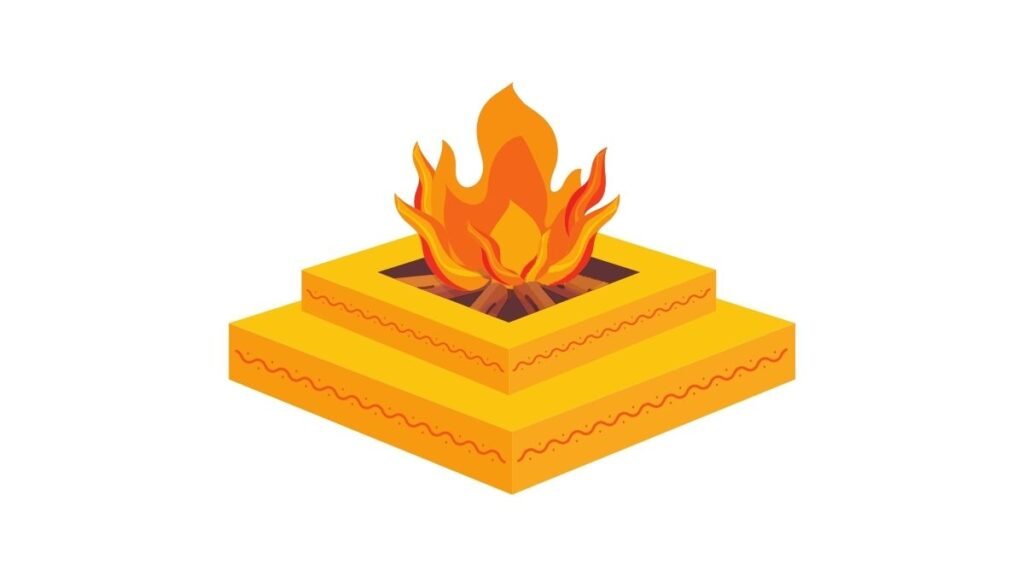
As per our Vedic tradition, it is said that there are six things that can bring divine happiness to a person. One of them is Havan. Also known as Yagya, it is a ritualistic sacrifice offered to God in order to please him and make your wishes come true. In present times, people usually do homas (fire rituals) at home for specific occasions like birthdays or anniversaries. Usually, we hire priests and pandits to help us perform these havans but you can also do it on your own if you are brave enough! Havans are performed by making offerings into the fire and reciting certain mantras.
What to do during havan
Over time, rituals have become very elaborate and have even been commercialized, especially in India. Today you can find commercial havans which are just like any other service. Here’s a list of items that must be present during your own personal havan: Yajna Vedi or havan kund – a fireplace or pit specifically used for performing yajnas. It is usually made up of bricks with a dome-shaped top and is filled with sandalwood and kusha grass (or dry wood). Some people prefer to use clay pots instead for convenience. This part of your ceremony will probably last between 1-2 hours.
Hindu puja procedure
In Hindu puja, performing a home puja is not uncommon; however, it is necessary to follow some basic guidelines to ensure your ceremony goes well. Although you can perform a home-based puja on your own, consulting an astrologer will ensure that all planetary systems line up properly for success. Some Hindus follow elaborate rituals in order to gain blessings and good fortune. From chanting mantras while offering fruits and sweets to decorating statues of various deities with flowers, nothing is left out when it comes to proper home rituals. Follow these steps for a puja performed at home without pandit.
Your home altar is prepared. Bring out a sculpture or picture of God, place it on a clean piece of cloth and cover it with fruits, flowers and rice. Other decorations such as fragrant sandalwood paste or incense sticks may be used to personalize your altar depending on what you wish to gain from the puja. Depending on which deity you wish to invoke.
How many times should we do havan?
Though there is no particular limit on how many times one can do havan, if you are going to do it just once then it should be done after discussing it with a pandit Ji and following his instructions completely. No matter what your religion or belief may be, a havan is an age-old tradition that has been followed for thousands of years in India. This makes it very important to follow everything in detail as per the mantra and instructions by your panditji. It’s common knowledge that rituals done at home tend to get disturbed and are never as effective as those performed at a temple but if you still want to perform havan at home here’s what you can do. Havans have to be performed in a specific place: As mentioned earlier, temples have an aura about them which helps all kinds of spiritual activities from becoming more powerful. You need not necessarily go to a big and famous temple for performing havan. However, some places like apartments might not be as beneficial for these kinds of activities because they don’t carry any kind of energy or aura around them which can help you enhance your ritual power. So make sure that wherever you’re doing havan it’s somewhere where people won’t disturb you while chanting mantras etc.
Different types of havan
When you want to perform a havan, there are two types of havan. There is agnihotra and there is hamsa pooja. Agnihotra is performed for seeking worldly gains and hamsa pooja is performed for self-realization. For example, if you have left your home and shifted to a new place you can do agnihotra in order to get your house sold or hamsa pooja in order to get some peace of mind when you are missing your family members who have not yet shifted with you at that place. You can also perform both things depending on your requirement or situation at hand.
Performing havan without pandit
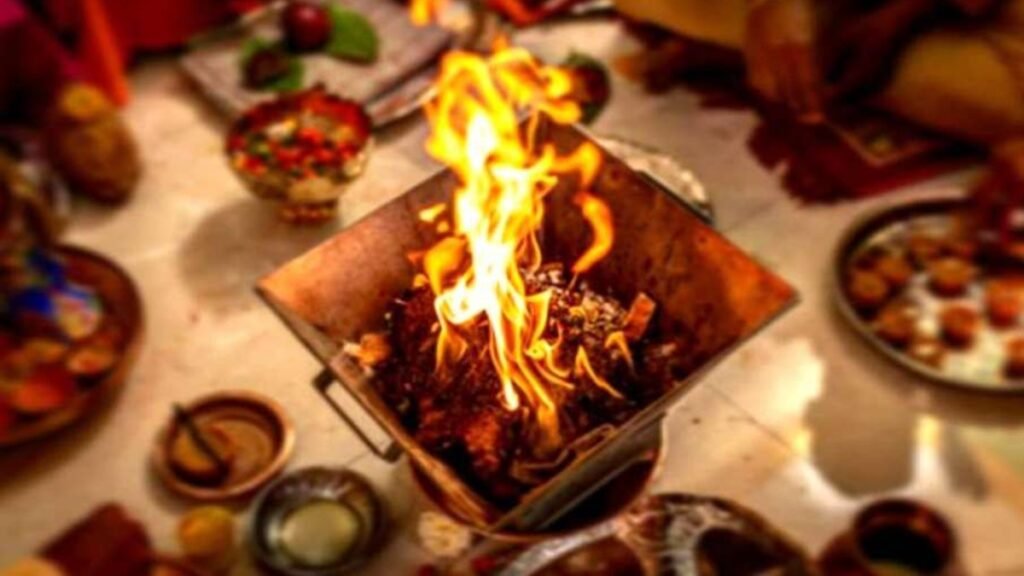
Conducting a havan is known to bring auspiciousness, prosperity and success in life. Thus, having it performed at home is considered one of the important rituals in Hinduism. A havan is done by an experienced priest who worships God with mantras that are recited during havan. It usually takes up to 2 hours for a full-fledged havan at home or about 45 minutes for daily puja or mahapuja. Here we discuss how you can do havan at home without pandit and also provide some mantras that should be chanted during havan. Follow these steps and perform your own havan.
1) Collect all necessary things required for performing a proper havan such as rice, sandalwood powder, ghee, sesame seeds etc. If possible get these items from organic shops instead of regular grocery stores to avoid harmful chemicals in them. You may use cow ghee if available since cow ghee is believed to be purer than other types of ghee used commonly in India such as buffalo ghee. Sandalwood powder is also believed to have good healing properties so make sure you have plenty on hand. It is important that everything you use during your puja or havan is pure and clean.
2) Keep all your materials ready before starting your puja or havan. Make sure that no one disturbs you while doing it and keep yourself calm and relaxed. It will help you focus better and thus achieve better results from your puja or havan by God’s grace! Take some time out of your busy schedule and let go of stress by chanting mantras for peace, prosperity and happiness in life!
3) Once everything is ready, start with putting some water into a vessel (kalash). Then put some grains into it followed by putting some more water into it until it covers half of the grains completely. Now add a few drops of ghee on top and place 2-3 sesame seeds on top to make sure that you have performed havan correctly.
4) Now light up a fire using wood or coal in an earthen pot or hundi and wait for the fire to become strong enough so that it can burn all things in kalash easily without any problem. You may keep some sandalwood powder handy as well so that you can sprinkle some on fire when necessary to increase its strength. Keep chanting Om Namah Shivay mantra while doing so! It will help you focus better and give your puja or havan more power!
5) Once the fire is ready, place kalash over it and start reciting the following mantras:
Agnaye Suryaya Namaha ।
Bhargo Devasya Dhimahi ।
Dhiyo Yonah Prachodayat ।
6) Chant the above-mentioned mantras till the water in the vessel starts boiling completely. This usually takes about 10-15 minutes depending upon the intensity of the fire. When water starts boiling, add rice grains into it followed by a few drops of ghee again. Once they are boiled as well, put sandalwood powder on top and chant the following mantra:
Dhavagni Vidhatuya Namaha ।
7) Once all things have been boiled completely and turned into ashes, sprinkle some water on them to clean up everything. Then remove kalash from the fire and let it cool down for a while before you can touch or move anything inside! It is important that you don’t touch anything inside when hot because your hand might get burnt if you do so! Make sure everything has cooled down properly before touching or moving anything inside kalash. Once done, remove ashes from kalash using a spoon and place them in an earthen pot for later use! You may keep them outside the home as well since they are considered pure after havan!
8) Now comes the most important part of havan: Tarpan! It means offering something to God as Dakshina (donation). You must make sure that you offer something which was used during puja or havan such as rice grains, sandalwood powder etc. These are considered pure after puja or havan and thus very useful for making offerings to God! Just put some ash from kalash into an earthen pot containing water and use it to wash your hands before starting tarpan! Then start chanting the following mantra:
Tatpurusham Param Brahma ।
Tasmai Shree Yamah ।
Namaha Sivaya ।
9) After chanting the above mantra, throw a few drops of water on your head from an earthen pot with ashes in it.
10) Once everything has been done properly, clean up all materials used during puja or havan by washing them off with water. Then you can offer flowers and fruits to God as well!
These are some of the main things that you need to know about how to do havan at home without a pandit and what mantras to chant while doing so!
Benefits of performing havan at home

First and foremost, it’s important to know that havan can provide very real benefits and should not be undertaken lightly. In fact, if you feel like something is off or that you’re being asked to do something that doesn’t feel right, you shouldn’t proceed with a home havan. Even though many people think of only certain uses for home havans (like clearing out negative energy in your living space), there are a number of uses for doing havan at home—the sky is truly the limit.
Here are some ways you might consider using a home havan: * Clearing out negativity from your house * Making an area more positive * Increasing positivity within yourself * Increasing positivity within another person * Helping someone who is sick or going through a difficult time.
What to do before and during a home havan: Before doing any kind of havan, it’s important to make sure that it’s safe for everyone involved. While many people think that only those who have been trained in Hinduism can do rituals like these, anyone can perform them if they feel comfortable. However, there are certain precautions that should be taken when performing rituals like these at home.

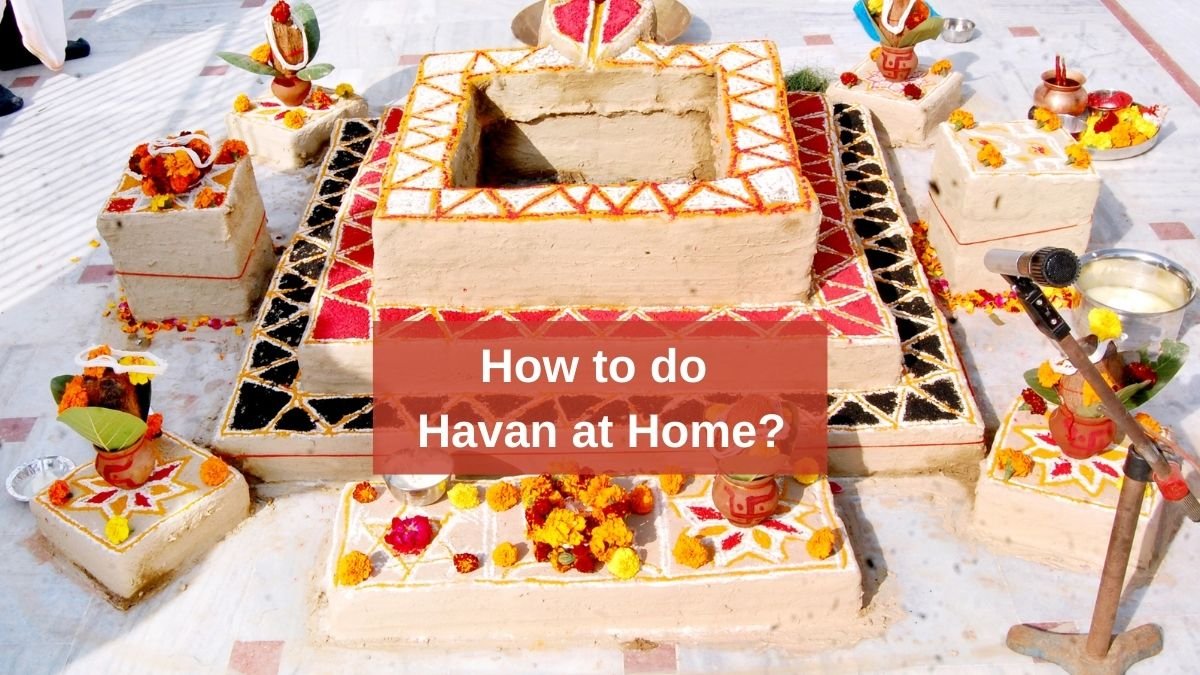






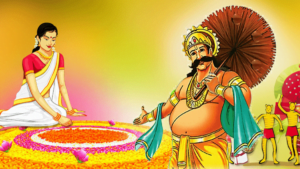




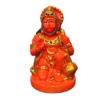


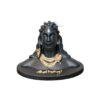


Add comment